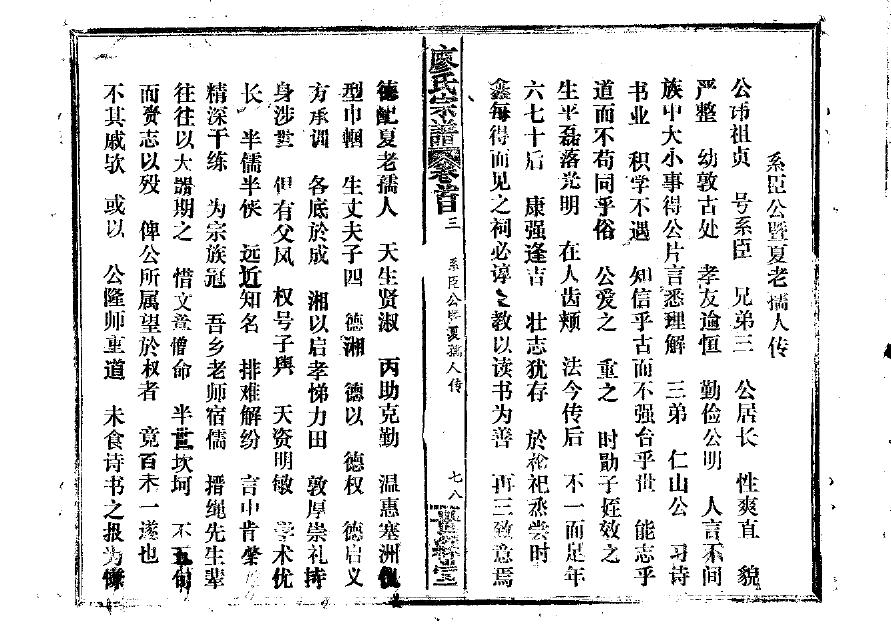Abstract:
This article delves into the concept of "family tree" in English, exploring its origins, cultural significance, and practical applications. It discusses how the term is used in various contexts, from historical research to personal genealogy, and highlights the importance of preserving family heritage through accurate documentation.
Origins and Cultural Significance of "Family Tree"
The term "family tree" is a metaphorical representation of a family's lineage, tracing the relationships between ancestors and descendants. It has its roots in the English language and has been used for centuries to depict the genealogical structure of a family. The concept of a family tree is not limited to English-speaking cultures; it is a universal idea that has been embraced by people around the world.
In many cultures, the family tree holds significant cultural and historical value. It serves as a record of the family's history, showcasing the achievements, hardships, and traditions of previous generations. This documentation is crucial for preserving family heritage and fostering a sense of identity and belonging among family members.
Types of Family Trees and Their Uses
Genealogical Research
One of the primary uses of the family tree is in genealogical research. Individuals and historians use family trees to trace their ancestry, uncovering the lives and stories of their ancestors. This process involves collecting information from various sources, such as birth, marriage, and death certificates, as well as historical records and family lore.
Pedigree Charts
A pedigree chart is a specialized type of family tree that focuses on the direct line of descent from a particular ancestor. It is commonly used in scientific research, particularly in the field of genetics, to study inherited traits and diseases. Pedigree charts provide a clear and concise overview of a family's genetic history.
Heirloom Trees
Heirloom trees are family trees that are passed down through generations, often containing personal mementos and family stories. These trees serve as a tangible connection to the past and can be a cherished keepsake for family members.
Challenges in Creating and Maintaining Family Trees
Accuracy and Documentation
Creating an accurate family tree requires meticulous research and documentation. Gathering information from various sources can be time-consuming and challenging, especially when dealing with incomplete or incorrect records. Ensuring the accuracy of the information is crucial for preserving the integrity of the family tree.
Language and Translation
For families with roots in multiple countries or cultures, language barriers can pose a significant challenge. Translating documents and records from different languages can be difficult, and misunderstandings may arise. Collaborating with linguists or genealogical experts can help overcome these obstacles.
Preservation and Accessibility
Preserving family trees for future generations is essential. This involves not only keeping the physical copies safe but also making digital copies accessible to family members. Cloud storage, online genealogy websites, and social media platforms can be valuable tools for sharing and preserving family trees.
Conclusion
The family tree is a powerful tool that connects individuals to their heritage and history. Whether used for genealogical research, scientific study, or personal reflection, the concept of the family tree continues to be an integral part of our cultural identity. By overcoming challenges and embracing technology, we can ensure that family trees remain a vital resource for future generations.
Keywords:
Family Tree, Genealogy, Pedigree Chart, Heirloom Tree, Cultural Heritage, Genealogical Research, Language Barriers, Preservation, Accessibility


